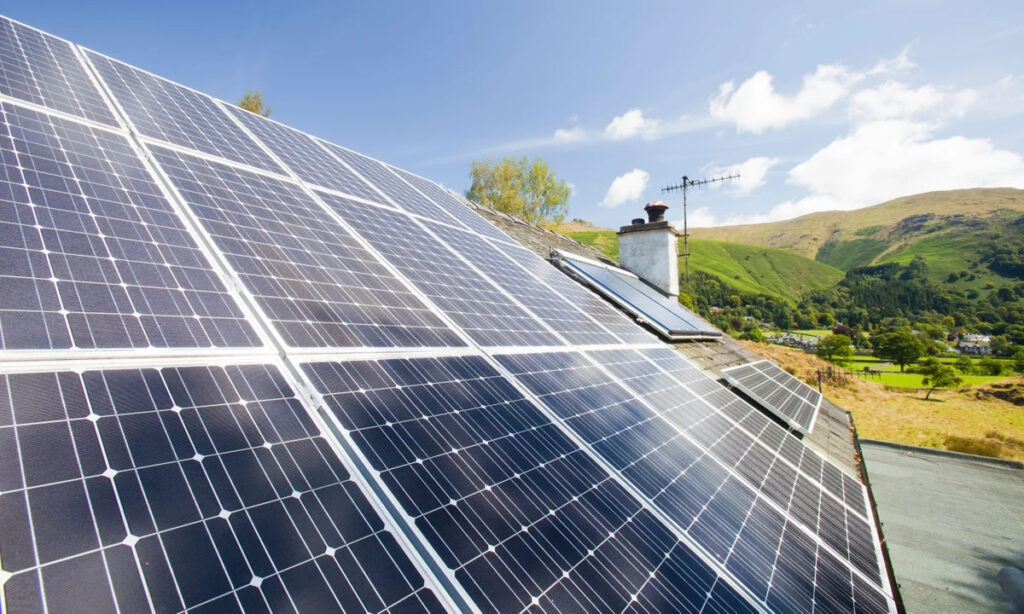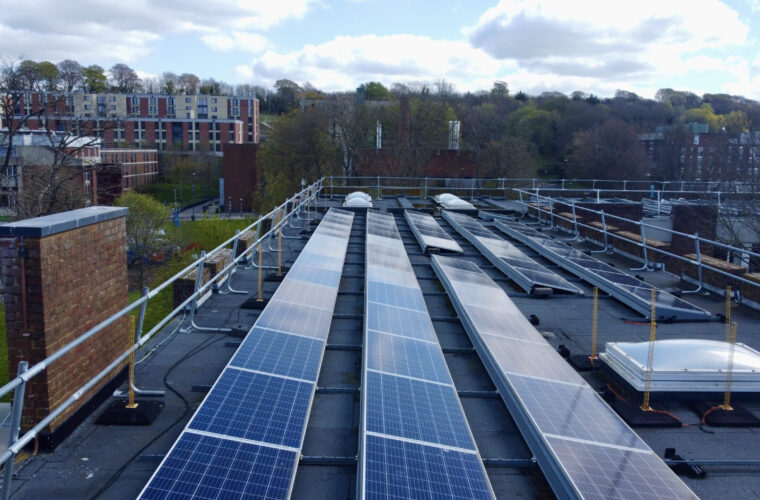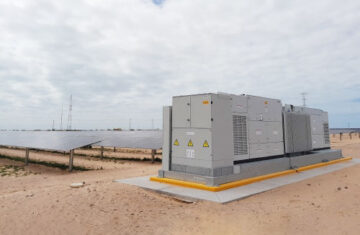The United Kingdom is rapidly emerging as a leader in the clean energy movement, with new research identifying the sunniest regions in England and Wales as prime candidates for solar power adoption. These areas not only enjoy high levels of annual sunshine but also provide ideal conditions for solar panel installation, enabling homeowners to reduce their energy bills by up to 94% while minimizing their environmental impact. This combination of financial savings and sustainable living positions these solar hotspots as key players in the UK’s transition to a greener future.
A recent analysis has pinpointed the twenty local authority areas across the UK with the greatest potential for solar energy generation. As demand for renewable energy continues to grow, these sun-filled locations offer homeowners not only a brighter outlook but also significant opportunities to lower energy costs through solar technology.
According to Hive, a leading provider of eco-tech solutions, the analysis considered several factors, including average annual sunshine hours reported by the Met Office, housing suitability for solar panel installation, and homeownership rates from the Office for National Statistics (ONS).
Leading the charge is Castle Point in Essex, which has been recognized as the UK’s top solar hotspot, surpassing over 360 local authorities. This borough, located about 30 miles east of London, boasts an impressive average of over 1,880 sunshine hours each year. With summer temperatures averaging around 22 degrees Celsius and minimal annual rainfall of just 17 inches, Castle Point presents an ideal environment for solar panel installation, allowing households to save significantly on utility costs.
Following Castle Point, other regions in the East and Southeast of England rank highly for solar energy potential. Mid Suffolk and Broadland in Norfolk occupy the second and third spots, respectively, with Rochford in Essex and North Kesteven in Lincolnshire closely behind. The trend clearly shows that the southern and eastern parts of England have optimal conditions for solar investments, characterized by generous sunshine hours and favorable property characteristics.

While England dominates the list, Wales also makes a notable appearance with four regions—Carmarthenshire, Isle of Anglesey, Flintshire, and Bridgend—ranking among the top twenty. These areas demonstrate that even regions with typically wetter climates can offer considerable solar advantages, thanks to strong property readiness and homeownership statistics.
Homeowners in these prime solar regions could potentially cut their annual electricity bills by as much as £800, making solar panel installation not just an environmentally friendly choice but also a financially savvy one. In addition to reducing utility expenses, adopting solar power helps homeowners lower their carbon footprints, aligning with the UK government’s initiatives for a more sustainable future.
Despite the clear benefits, many households in these sunny areas have yet to adopt solar technology. Susan Wells, Hive’s solar and electric vehicle division director, pointed out the untapped potential, emphasizing the need for greater awareness and accessibility to solar solutions. “While solar energy offers real financial and ecological gains, several of the most solar-friendly areas show relatively low adoption rates,” she stated.
As the UK continues its shift towards clean energy, these findings serve as a valuable guide for homeowners, policymakers, and developers. Solar power is no longer a distant ideal; it is a practical, cost-saving reality for residents in the country’s sunniest regions. With the right incentives and awareness, these solar hotspots could lead the nation toward a cleaner, greener energy revolution.
By embracing solar energy, the UK can significantly reduce its carbon emissions while providing substantial financial relief to homeowners, ultimately paving the way for a sustainable future.



